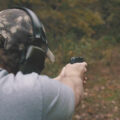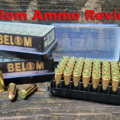Proper ammo storage can be the difference between function and failure. Use the tips in this guide to rest assured you can rely on your ammo when it matters most.
Awesome, you have ammo. Now, if you’re not shooting it all in one range trip, how can you keep it to make sure your ammunition will fire reliably the next time you need it? Whether you’re keeping some hunting rounds on hand, stockpiling hard to find calibers or just want to be prepared for an end of the world scenario, it’s always great to have a stash of some sort. Knowing the proper ammo storage practices and techniques will keep your ammo around for years to come.
How to Store Ammo – Three Simple Guidelines

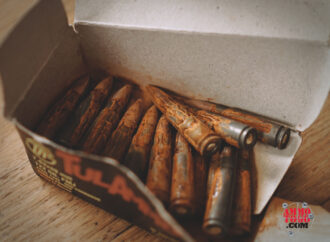
Keep Ammo Dry
You’ve probably heard the expression “keep your powder dry”. There’s a lot of truth and wisdom in that statement. Keeping your ammunition dry may be the most critical component to a good munitions storage plan. Moisture is the enemy of ammunition. It can foul up primers and render powders useless. Corrosion of the casings and bullets are also avoidable headaches if you properly store your ammo in a dry location. While the picture of rusted rounds to the right is an extreme example, there are instances where your ammo could have been wet and it’s not so obvious. Those less apparent cases might be even worse because thinking you have reliable rounds that don’t function when you absolutely need them could be matter of life and death. In addition to staying away from moisture, avoid storing your ammunition is area with high humidity. This includes older damp basements, sheds, and attics. Storing your ammo in a climate controlled area will help your rounds stay dry. Also aim to keep your storage off of the floor. Direct contact with the ground can result in moisture absorption. Place your ammo on a shelf or use a pallet to give it some breathing room. Monitoring moisture levels with a hygrometer or other humidity measuring device can help you determine if your storage location is a good fit for your stash.
Store Your Ammunition in a Cool Place
Keeping your ammunition in a cool place also helps increase the life of your stored rounds. This is another reason why storing your ammo in an attic, shed or even a vehicle may not be the best choice. Ammunition today is manufactured to be used in extreme conditions. So it’s not the cold or warm temperatures that will damage your rounds alone. The threat of damage comes from the extreme swings of temperatures your rounds could face if improperly stored. Experiencing swings of extreme cold to extreme hot and back again can really wear on the primers, casings and other components of your ammo. A general rule of thumb for ideal storage temperatures is between 55°F and 85°F. According to SAAMI (Sporting Arms and Ammunition Manufacturers’ Institute) standards, extreme high temperatures (over 150° F) should be avoided.
Store in a Dark Area
It’s commonly known that UV Rays are damaging. If you don’t think so, I’m sure you know of someone’s weird aunt that spent way too much time at the beach and now looks like a walking leather wallet. UV Rays can cause just as much damage to your ammunition as it does your skin and your car’s paint job. By storing your ammo in a dark area such as a closet or safe, you will greatly reduce the risk of any damage caused by UV exposure. The container you use to store your ammo in can also help. Using a solid material container rather than clear plastic will help reduce exposure to unwanted damaging light. Pretty much any commercially available 50 cal or 30 cal ammo can or military surplus can will fit the bill for this need.
Old vs New Ammo
Shelf Life
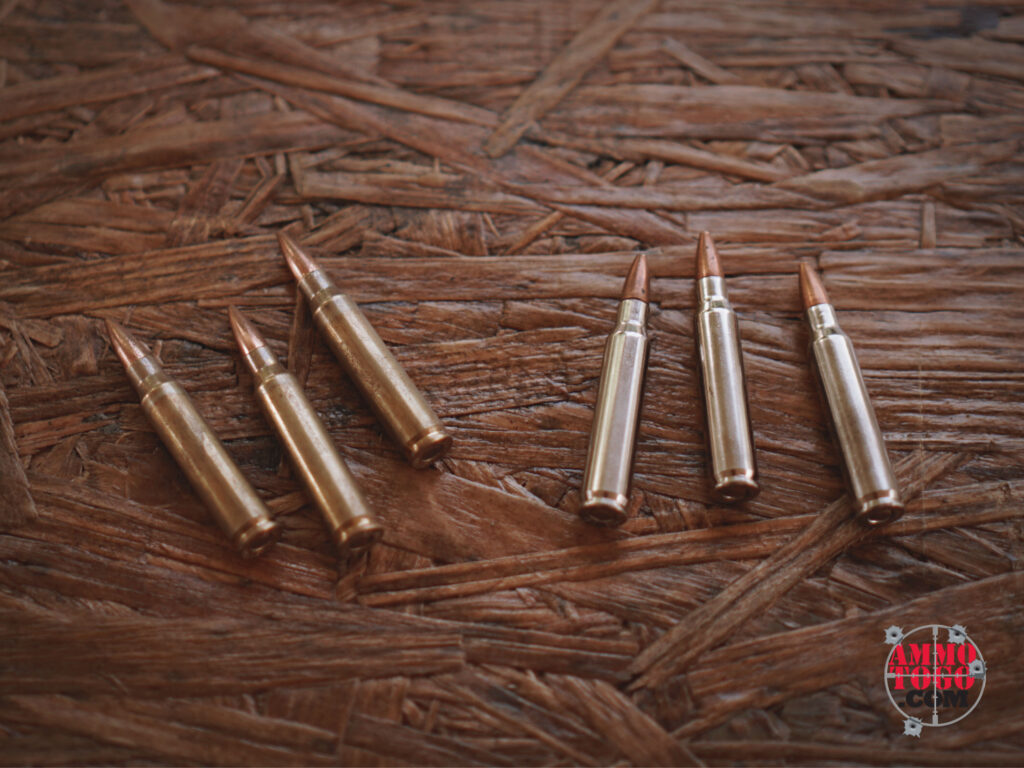
Storing Gunpowder
There are two main types of gun powders used for firing ammunition today, Smokeless Powder and Black Powder. Black Powder is one of the oldest known explosives to mankind. The potassium nitrate, charcoal, and sulfur combination has been around for centuries. There are muzzleloaders that still use true black powder but “synthetic” black powder is becoming more common. According to the ATF, low explosives, such as black powder, most display fireworks, safety fuse, igniters, igniter cord, fuse lighters, etc., must be stored in permanent, portable or mobile indoor/outdoor magazines/containers. Smokeless powder is a new variant to traditional black powder. It produces negligible smoke when fired, unlike the black powder it replaced. Stabilizers are added to the granular and pelletized powders, but do degrade over time. Powders in storage should be periodically tested for the amount of stabilizer remaining, as its depletion may lead to auto-ignition of the powder. SAAMI’s guidelines regarding the safe storage of smokeless powder state that, Storage enclosures should be made of insulating materials to protect the powder from external heat sources. Containers must also be able to vent the gaseous products of combustion satisfactorily which would result if the quantity of smokeless powder within the enclosure accidentally ignited. Keep any gun powder, black or smokeless, away from any source that can cause ignition. This includes: an open flame or spark created from a match or flame, primer flash, electrical spark, welding or grinding sparks.
Ammunition Organization and Maintenance
Labeling
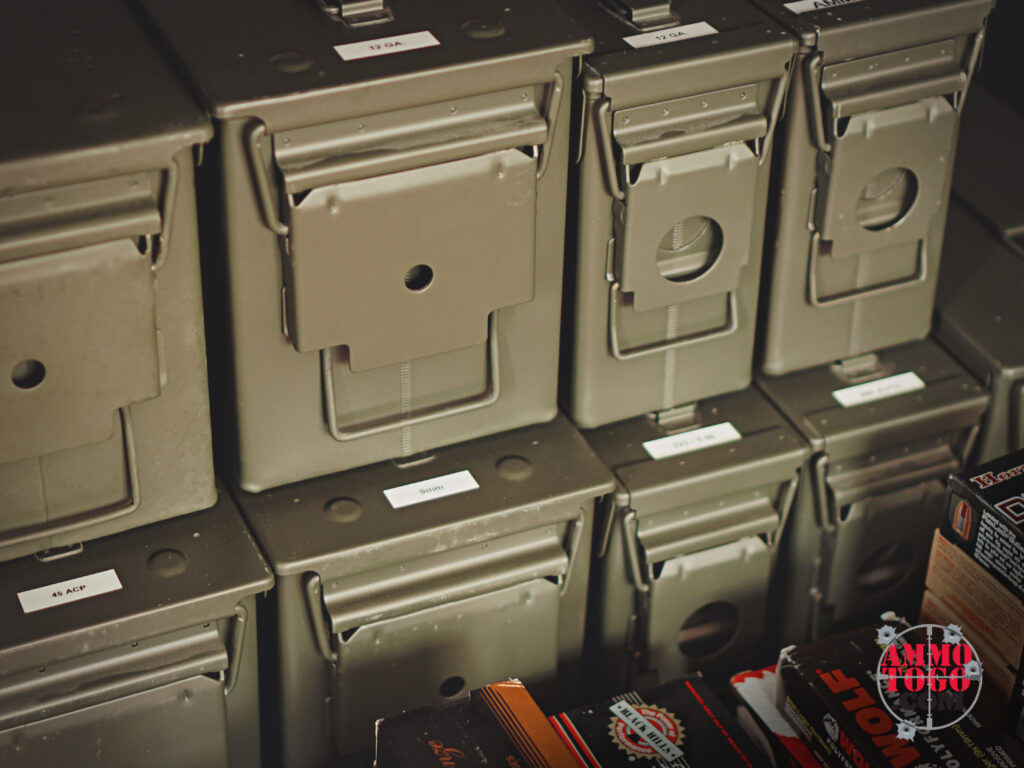
Container Types
Keeping your ammo in it’s original packaging when storing is usually the best bet. Although the cardboard case it comes in may have the chance of absorbing moisture, the rounds are kept away from touching each other and the tip or bullets have less of a chance of getting damaged from excess handling.
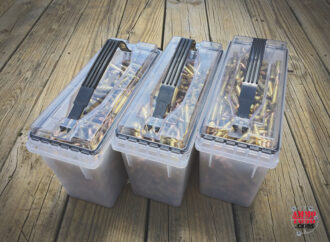
Most ammo metal and plastic ammo cans feature a water tight seal and are a great choice for storing your rounds. Be sure to check the rubber gasket on the can though, as the rubber can degrade over time and allow unwanted moisture into your ammo.
Moisture Control
Even if your storage location isn’t ideal in terms of humidity, you can still take steps to mitigate moisture degrading your ammo. Using desiccants such as silica gel packets, can help wick moisture away from the air surrounding your ammunition. Wood boxes and sawdust can also do wonders for absorbing moisture. Using a dehumidifier to manage the air and keep your storage area dry will also help increase your ammunition shelf life.
Portability
In the event of a fire or other situation that requires you to get out of your home with your ammunition, you want to be able to make the transition easily. If you have your entire ammo collection in 300lb barrels, your chances of quickly moving your stored rounds just diminished. By storing your ammo in smaller, portable cases or cans, you can pick up what you need and move it with ease. Think of using devices such as furniture dollies for your bigger collections and portable ammunition cans for quick relocation.
Safety
Child Access Prevention
The last thing any responsible shooter wants is for ammunition to wind up in a unsupervised child’s hands. Keeping your ammunition properly stored and secured will reduce the chance of an unauthorized user getting to it. By locking up your ammo as a whole or placing locks on the individual cases themselves, you greatly reduce the chance of the rounds being carelessly played with. Proper storage and the education of children and minors will reduce any harm that may come with inexperienced handling of ammunition.
Theft
Deterring the theft of your ammunition is also something to consider when coming up with a proper storage system. Ammunition is a highly sought after product and without proper preventions, your stash could fall into a criminals hands. Simply placing a lock on an ammo can or case probably won’t deter a determined thief. Adding a second layer or protection, such as a locker or safe can prevent your ammo from being stolen.
Disposal
Proper disposal of inoperable ammunition is just as important as storing live rounds. If you have ammunition that may be damaged due to moisture, temperature or other factors, you need a way to get rid of it safely. Many ammunition manufacturers will take back damaged ammunition. The downside to that is you have to ship it to them, which can get expensive. Another option is to contact your local law enforcement agency to come and properly dispose of the damaged rounds. Local ranges and hazardous waste facilities are always a good bet and should have procedures in place to safely dispose of bad ammunition. When all else fails and you feel comfortable, you can always self disable or reuse components if they are still in operable condition. Although, do not reuse potentially damaged components.
Conclusion
Now that you know how to properly store everything, don’t neglect your stash. Monitor your ammunition every 6-12 months to identify any conditions that may have changed. Properly storing your ammunition will help you protect your investment and keep you ready to use it when the time comes.


